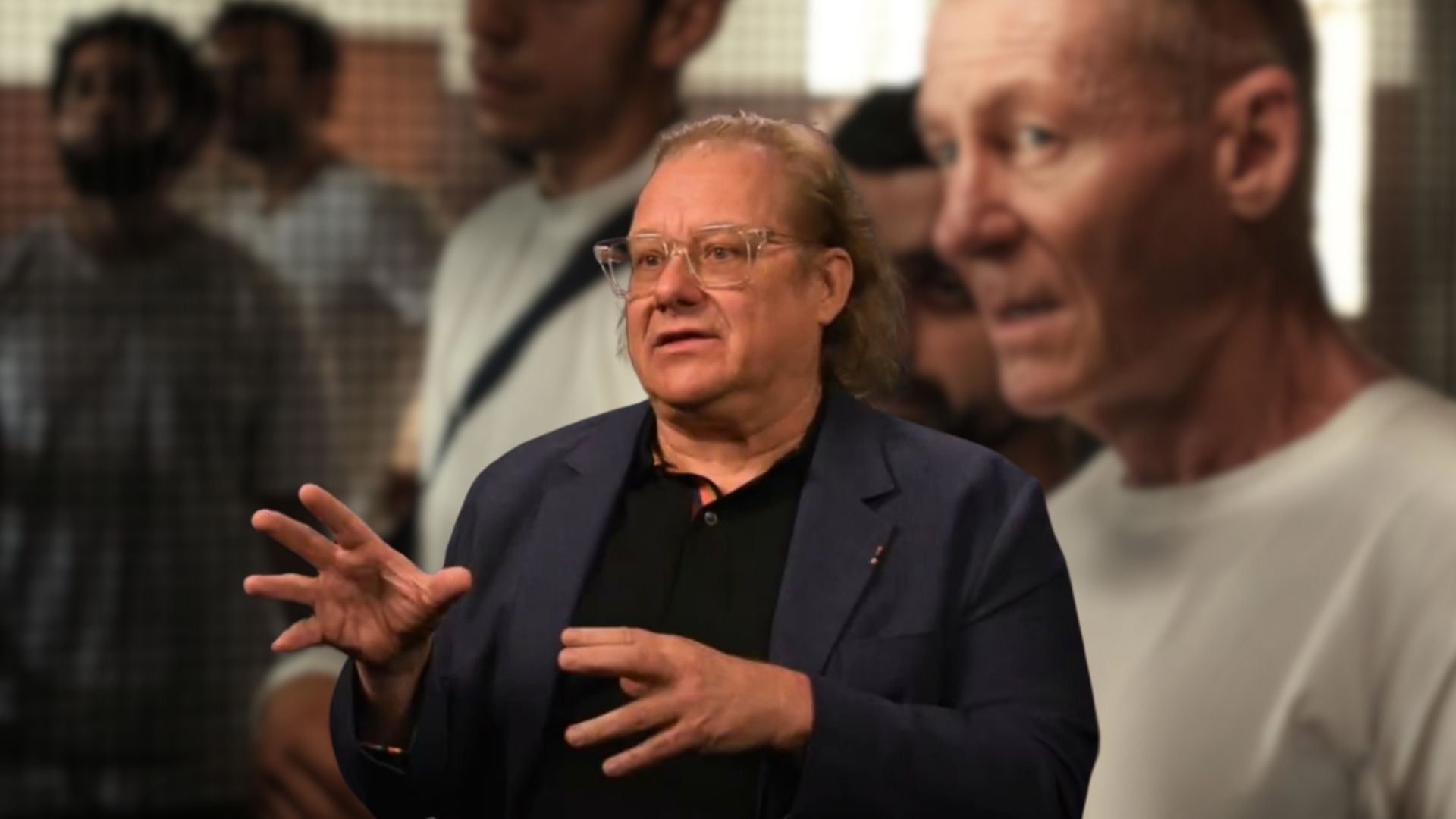

Interview with “The Correspondent” Director, Kriv Stenders
This week, we sit down with acclaimed filmmaker Kriv Stenders to discuss his impactful body of work and his latest film, ‘The Correspondent.’ Standers delves into his motivations for choosing certain stories, the challenges of bringing true events to the screen, and the unique approach of sticking closely to Peter’s perspective in the film. The […]
Hosted by KT & Oti
Film Critics & Hosts
Listen on your favorite platform
Now Playing
For Your Reference Podcast
Episode Notes
This week, we sit down with acclaimed filmmaker Kriv Stenders to discuss his impactful body of work and his latest film, ‘The Correspondent.’ Standers delves into his motivations for choosing certain stories, the challenges of bringing true events to the screen, and the unique approach of sticking closely to Peter’s perspective in the film. The […]
Episode Details


Related Episodes
The Beast in Me – Jekyll & Snide
December 2, 2025
100m, Bugonia, If I Had Legs I’d Kick You & Predator: Badlands
November 11, 2025
Dreaming Whilst Black – How Much A Dollar Cost
November 5, 2025